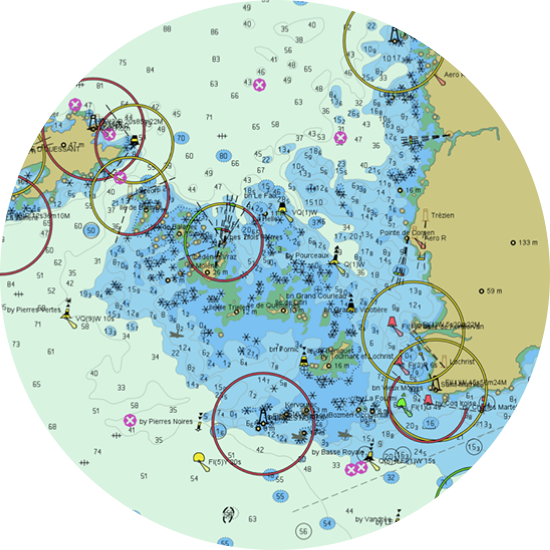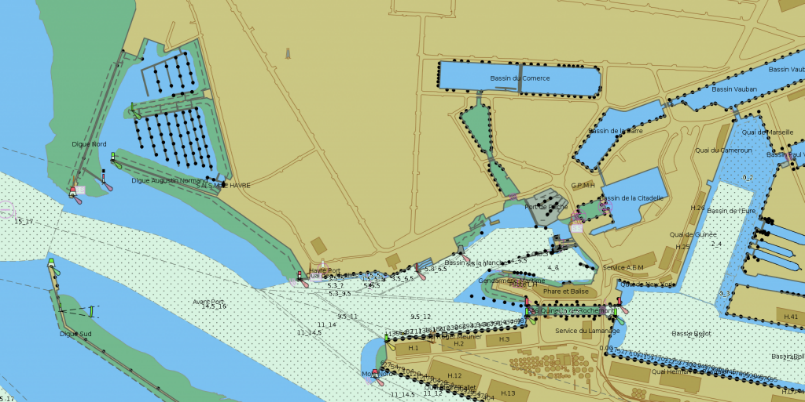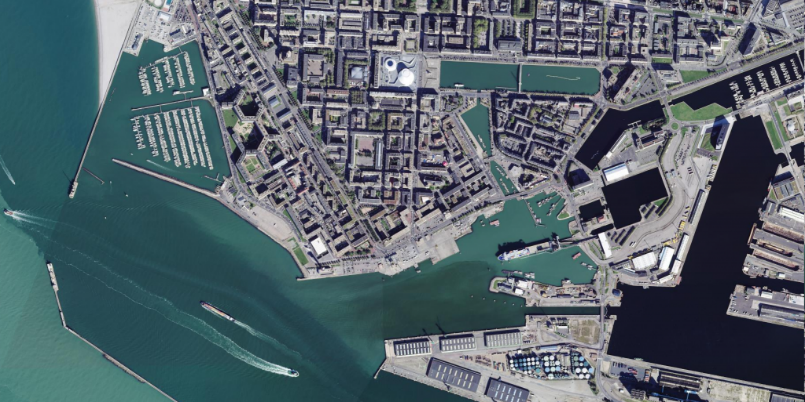PortSide, creating and editing data in S57 format
SHOM's navigational charts are limited to port entrances. Having an accurate port chart is absolutely essential for all professions (hydrographers, harbour master's office, pilots, etc.) and, in addition to accuracy, provides a real guarantee of safety.
The PortSide service enables you to quickly produce and update port charts in S57 format.
Services: creating and publishing electronic charts in S57 format
This service uses PortSide, a software package for creating and editing data in S57 format:
- Electronic nautical charts (ENC)
- Port and river charts (IENC)
- Military vector layers (AML)
It is the answer for a port's hydrographic department looking to create its own port charts that are more accurate than official charts and contain objects of interest to marine pilots.

Exploitation of hydrographic data
PortSide is the result of Geomod's extensive expertise in hydrographic data exploitation and in mastering IHO/IOM standards: S57, S52, S63, S68, etc.
Being specifically designed for S57, its internal structure is based on the S57 "Chain-Node" topological model.

A tailor-made tool developed by Geomod for the port and its pilots

Developed in Java, PortSide implements the "Chain-Node" topological model as used by the S57.
It also exports the data in XML to provide an ASCII equivalent of the S57. This XML model is of obvious educational interest for a better understanding of S57. The XML can also be read back by PortSide to reload the batch of data.

PortSide allows you to choose your product specification: ENC, IENC, AML
The tool relinks point, line and polygon files in SHP format to integrate existing topographic data.

PortSide can overlay available satellite image coverage, as well as the most accurate IGN orthophoto coverage (requires a subscription from IGN).
The PortSide service in detail
Initialise a new map and edit the associated metadata.
Integrate existing data in SHP format.
Edit and clean up the "Chain-Node" topology (manual or automatic editing applied to a selection of links or nodes).
Create real-world objects, either using the existing topology or creating them simultaneously.
Fill in the semantics of real-world objects in accordance with the product specification.
View S52 data at any time.
Export in S57 or XML format.

